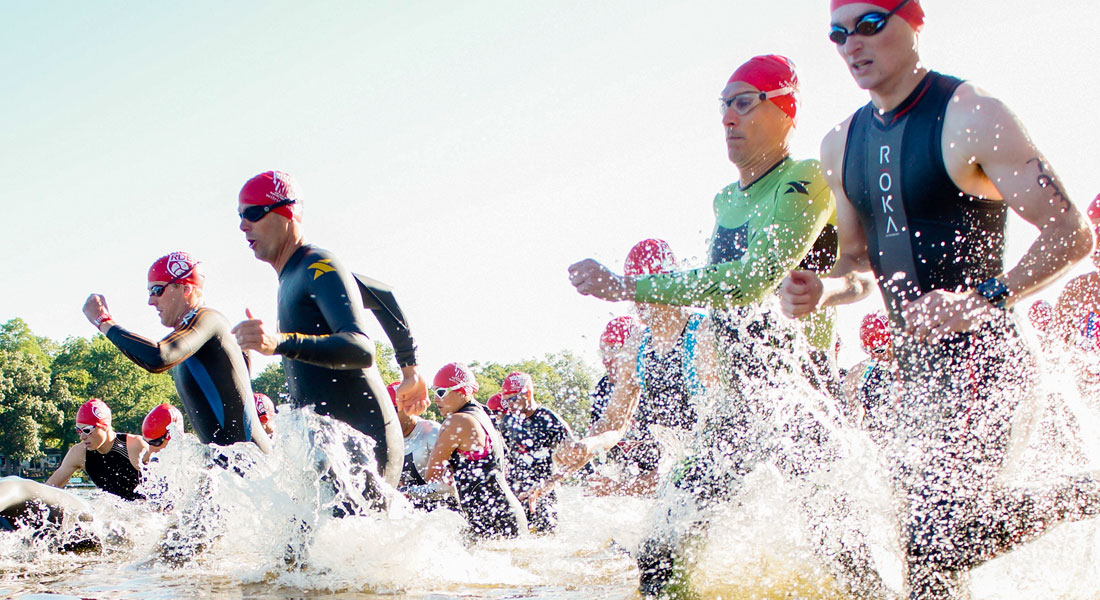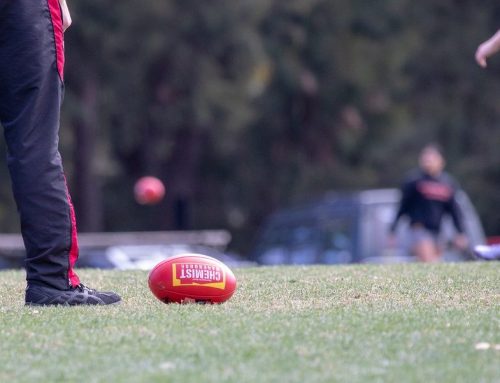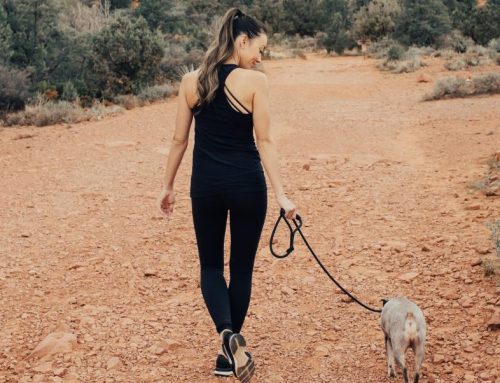I have been working with a triathlete who has recently increased his training intensity throughout the week. He trains every day multiple times, incorporating the various requirements of each discipline, including swimming, cycling, running as well as resistance exercise.
About a month ago he started to experience what he thought was right sided hamstring tightness. He reported having decreased flexibility through his legs, particularly while touching his toes and certain yoga moves like downward dog. He felt a pulling sensation in the back of his legs when sitting for long periods of time, however, when training he didn’t seem to experience any symptoms.
We went through the testing protocol for hamstring flexibility, strength and mobility without any remarkable findings. I then assessed his lower back and found that he had reduced mobility in his lumbar and pelvic regions. The significance of this is that the nerves that supply the thigh and lower leg originate from the lower back. We were getting closer to the cause. I then tested his neural mobility. Nerves pass through sheaths of connective tissue from their origin to their periphery via a specific pathway. For example the most common nerve individuals tend to know is the sciatic nerve.
It originates from the lower back, travelling down through the gluteal region (your buttock) and down the middle of your hamstrings and your lower leg. My clients’ neural mobility of this nerve was reduced, and when tested for flexibility, his symptoms were reproduced. My hypothesis was that due to the increase in training hours and intensity, the structures around the neural pathway, particularly the hamstrings, had impacted on the way the nerve slid and this gave rise to hamstring symptoms.
Once we had identified the cause the treatment was fairly straight forward, focusing on the areas that the nerve was being tethered (inability to slide freely). These areas were the lower back, buttock and the middle septum (joining of the hamstrings) of the hamstrings into the back of the knee.
I prescribed my client neural gliding exercises to increase the mobility and decrease the tethering he was experiencing. I also spoke to his coach regarding his complaint and the treatment plan moving forward.
Below is a link of an example of the nerve glides given to my client. Neurodynamics is the relationship of nerves to dynamic movement. Although this video is specific to shin pain, the gliding exercise is also effective for hamstring tightness, as the two regions of the body share the sciatic nerve.
https://www.youtube.com/watch?v=fkSJKXF2IQ4
My client is now pain free and continuing to perform his exercises without having to impact on his training schedule. Myotherapists can adequately assess for neural mobility, and neurodynamics is another part of the musculoskeletal system we have to consider with a client’s complaint.
If you have any further questions about this article, consult your Myotherapist.
Caitlin Smith- Elite Myotherapist







